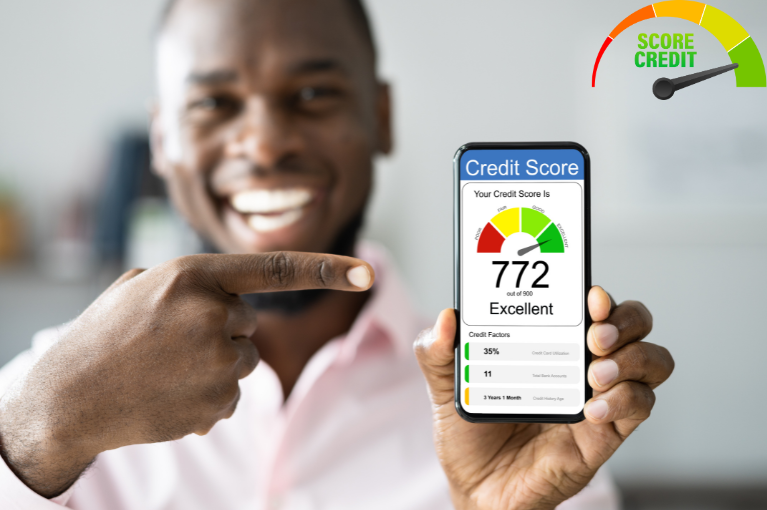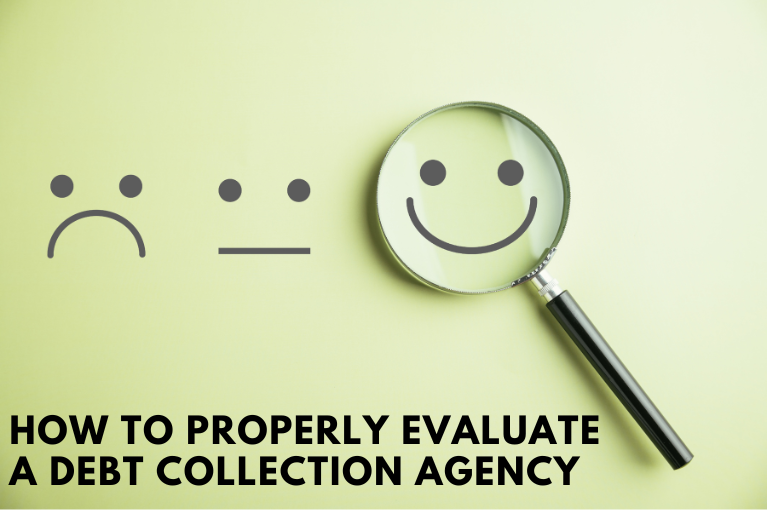Whether you are working with a commercial debt collection agency or attempting to collect delinquent accounts on your own, collections can be a very difficult process. One of the best ways to improve your ability to collect on those outstanding debts is to improve your documentation process. It should start from the very minute that you begin doing business with a customer. It should include as much information about your business with that customer as possible. But in order to make your life a little easier, we have put together a simple list of documentation that we consider essential to the collection process. Let’s dive in and take a closer look at each of the four types of documentation we find most helpful in the recovery process.
Contact Information
One of the most obvious hurdles that you will have to cross even before you start worrying about collecting a debt is locating the person responsible for the debt. In order to make contact with that person, you are going to need some type of current contact information.
In order to help you avoid letting your contact information become outdated, it is always a good practice to ask your customers to update their contact information as often as you feel is appropriate for your business. This will ensure that any communication you send their way has a strong chance of actually reaching them.
Contract
The next most important piece of documentation for debt recovery is the contract that specifically states all of the details of your arrangement with the client or customer. This should include the amount of the original debt, the agreed upon interest rate, specifics on the repayment plan, and any penalties the debtor can incur due to late payments.
Contracts have a tendency to feel like a waste of your valuable time when you have a good customer who you are eager to sell to, but those contracts are going to be your saving grace if things go bad down the road.
Proof of Delivery
The third essential type of documentation is some type of proof that you delivered the goods or services that were specified in the contract. In many cases, this is as simple as keeping a receipt or invoice on file. And you get bonus points here if the client or customer signs off on that documentation.
Since we all carry cameras that are built right into our phones these days, you could also get into the habit of snapping a picture of any completed sales or services. They say that a picture is worth 1,000 words, and that can be especially true when you are attempting to prove that you delivered everything stated in the contract.
Attempts to Collect
By the time a delinquent account gets to the point where you are ready to bring in a debt collection agency, you will have probably made at least a few attempts to collect the debt on your own. Having documentation that details the specifics of each collection attempt can be valuable evidence if you end up taking the debtor to court over the issue.
Keeping detailed notes regarding the dates and times of each of your attempts to collect is a great start. You should also be noting the form of communication used to attempt your collection and any responses from the debtor.
Documentation is the key to proving your position in any type of debt collection situation. By ensuring that you have each of these four essential forms of documentation ready to go, you will have a solid case against the debtor by anyone’s standards. This will do nothing but increase the odds that you eventually recover the outstanding debt.






